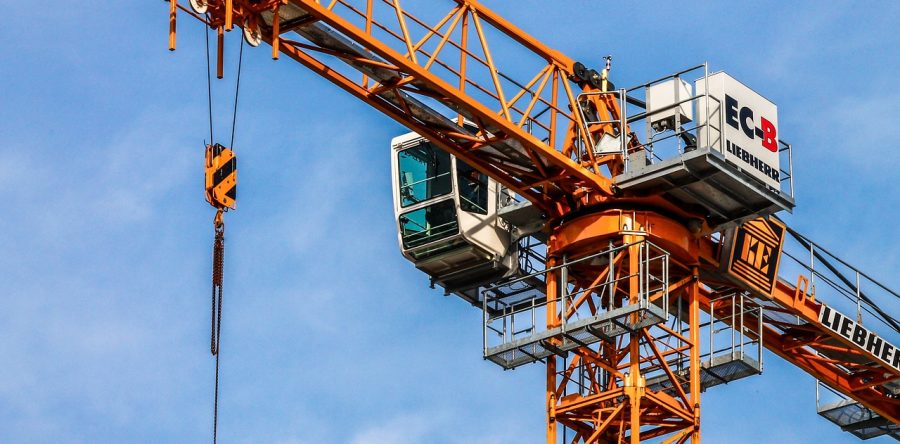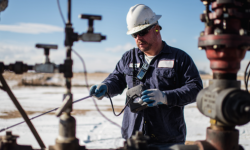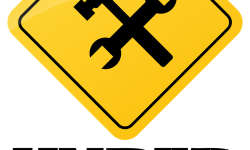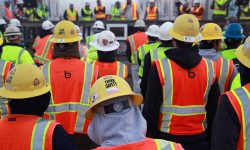The alert states that erection/climbing/dismantling of tower cranes is a potentially hazardous process involving work at heights, awkward postures, lifting and aligning components of significant size and mass, and installing temporary support systems, all of which often are done under significant time pressure due to the need for road closures, suitable daylight hours, or short weather windows.
SafeWork NSW, the safety authority for one of Australia's largest states, issued a safety alert this month to help companies and workers engaged in erecting, climbing, and dismantling tower cranes with their risk assessment.
The agency noted in the alert that in September 2016, a tower crane jib collapsed while the jib was being dismantled, causing three workers who were on the jib to be injured and parts from the jib to land on an adjacent building. Another incident in November 2015 as a a climbing frame was being installed on an existing tower crane involved the uncontrolled lowering of the climbing frame lowered by about 10 feet to the floor below, causing minor damage but no injuries. In both incidents, the work place that was used differed from what the manufacturer's manual specified, according to SafeWork NSW.
The alert states that erection/climbing/dismantling of tower cranes is a potentially hazardous process involving work at heights, awkward postures, lifting and aligning components of significant size and mass, and installing temporary support systems, all of which often are done under significant time pressure due to the need for road closures, suitable daylight hours, or short weather windows.
"It is acknowledged that there are rare occasions when it is not reasonably practicable to follow the erection/climbing/dismantling process provided for in the tower crane’s manual. Examples may be cranes provided with an inadequate or non-English manual or exceptional site restrictions that prevent following the manual’s instructions. However, deviating from the recommended process that has been considered in the design of the crane, brings the potential for significant additional risks such as overloading components, untested or uncalculated methodologies and even collapse," the agency states. "For example although it may be necessary, and some aspects will be safer, when splitting the jib rather than installing/removing in one piece, splitting introduces additional risks. These risks include those created from moving the jib supports and inserting/removing pins well out from the tower, i.e. additional work at heights, potential falling objects and potential support problems, which all need to be considered in the overall planning."
The alert lists actions required by the developer/principal contractor/builder and also by the crane erector/dismantler, including that this entity should understand the manufacturer's recommended method of erection/climbing/dismantling and follow it where it is reasonably practicable to do so. If this is not reasonably practicable, an alternate method may be developed using risk management principles in consultation with appropriate parties, including the crane manufacturer, and the alternate method should be documented in detail.
SafeWork NSW Releases Alert on Tower Crane Work. Available from <https://ohsonline.com/articles/2016/11/29/safework-nsw-releases-alert-on-tower-crane-work.aspx> [Nov 29, 2016]









